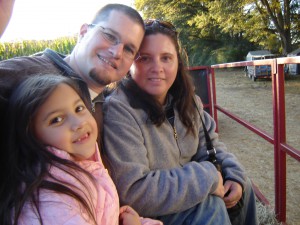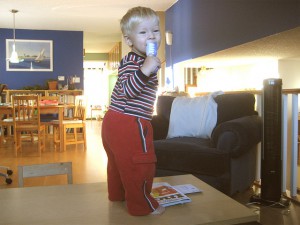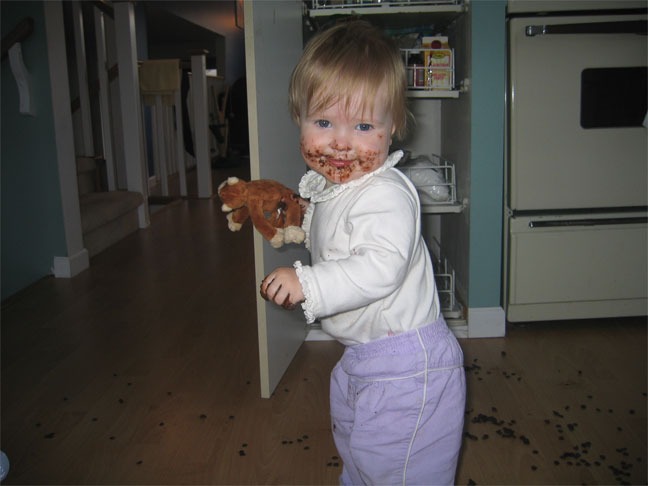 The clown, the astronaut, the chatterbox, the complainer, the “slob” and many more stereotypes all appear in our families and in our classrooms.
The clown, the astronaut, the chatterbox, the complainer, the “slob” and many more stereotypes all appear in our families and in our classrooms.
These are the characters that can disturb, annoy, frustrate and anger us, because they interrupt and spoil our agendas. We are convinced that this is how they always are. They make us worry. We wonder if they were born this way and if they are destined to stay this way.
But sometimes “the clown” is serious, and sometimes he is sad. Sometimes the “astronaut” is attentive and focused. Sometimes the “chatterbox” is pensive and quiet. Sometimes the “complainer” is appreciative. Sometimes the “slob” is orderly.
But their stereotyped behavior seems so dominant and convincing, that we can’t see anything else. In fact, we’re not even looking for anything else.
When we think of a child in a certain way, we lock him right into the way we perceive him. Without intending to do so, we imprison children into patterns of behaving. Sometimes when others stigmatize a child, we continue enforcing the pattern, even though we don’t mean to.
Johanne Wolfgang Von Goete, a German philosopher in the late 1700s and early 1800s, is quoted as saying, “If you relate to a person as if he is already capable of what he can be, he will be what he is capable of being.”
What children really want and need from us is to be understood and known. Instead of identifying the child with his behavior, we want to convey an attitude of:
- belief in the child, knowing that as he grows up, the character traits we long to see in him will come to fruition;
- trust in the child’s good intentions and his desire to be “good” before you try to influence;
- desire to truly understand who he is and what he needs from us.
Reb Nachman of Breslav, a Jewish leader also in the late 1700s and early 1800s, taught that every person should be favorably judged, and if we do so, we elevate that person to a level of favorable judgment. We may apply this to adults but forget to do so with children. Are our hearts soft enough to see our children in a favorable light?
A change in the child’s behavior will result from a change in our own perception of the child. When we realize we are seeing only one aspect of the child and that there is so much more that we are not yet seeing, we can begin to appreciate this child for who he really is. Instead of trying to cut out a behavior that might irritate us, we can help bring out other intentions and qualities that we do not as easily see in the child. It’s not “this or that,” but that “this and this” co-exist together.
I remember a story of a boy who was labeled “careless and irresponsible.” He “broke everything he touched.” Fortunately, even though his teacher was “warned” about his behavior, she did not see him as careless and irresponsible. She knew he had the potential to take responsibility. She gave him small jobs — and then bigger jobs — that would help this potential grow.
When a child feels confident within the relationship with his parent or teacher, he can rest in this relationship. This rest frees him to take responsibility, venture forth into new experiences and feel confident. The parent or teacher conveys:
“I am here for you. I care about you. I believe in you. Your very presence is a source of delight. I am your answer, and you can always count on me. When things don’t go the way you would like, I am here to offer you comfort. I do not want to shape you but to accompany you on your journey of discovering your many abilities.”
This is the nourishment that a relationship of secure attachment provides.
We all have the capacity to be a clown, to be forgetful, to be irresponsible, to complain sometimes, and we all have the capacity to be the opposite of all these things sometimes. We are all human. Surely if we can see this in ourselves, we can accept this in our children and students, and develop the necessary patience to support their development and wait for the qualities of maturity to develop in their right season.
 How do you feel when you read this quote?
How do you feel when you read this quote?Editor’s note: Join this and other discussions on Goodreads through the API Reads online book club. You can read along in your own copy of Parent Effectiveness Training, or even if don’t yet have the book, you can follow the discussion and take away bits of parenting ideas to try in your home. Learn more about the API Reads program or join for free directly at Goodreads.








